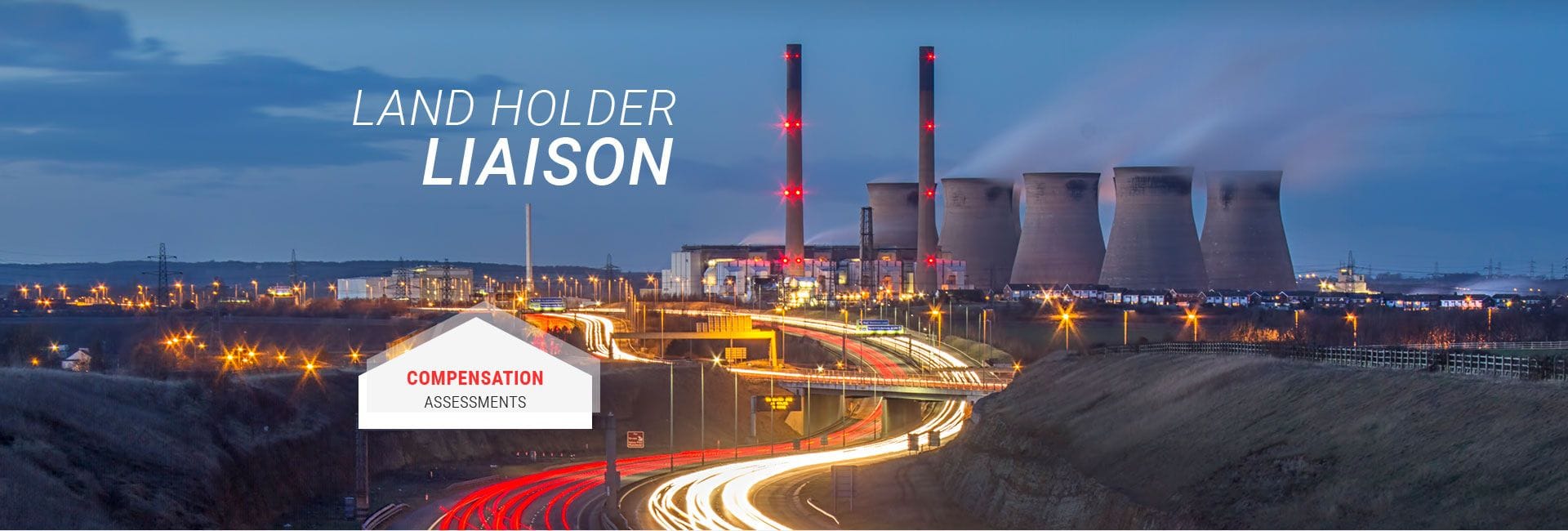According to CoreLogic, Over the 12 months to April 2018, dwelling values across the combined regional markets have increased by 2.4% compared to a -0.3% fall in values across the combined capital cities. Although values in regional areas are continuing to rise, the rate of annual growth has slowed from a recent peak of 6.4% in June 2017, although the rolling quarterly rate of growth has shown an accelerating trend over the past six months.
Based on the 'Statistical Area level 4' (SA4) geography, there are 42 regions across Australia outside of the capital cities. Of these 42 regions, 25 have recorded an increase in dwelling values over the past year while the remaining 17 have recorded falls. Each SA4 region in Western Australia recorded a fall in values over the past year while all of the regional areas of Tasmania and Northern Territory saw values increase over the past year.
Change in values across regional SA4 markets as at April 2018
Geelong, VIC Change from peak 9.8%
Southern Highlands and Shoalhaven, NSW 12 mth change 9.2%
Central West, NSW 7.3%
Launceston and North East, Tas 7.3%
Coffs Harbour Grafton, NSW 6.2%
Ballarat, Vic 6.0%
Hunter Valley exc Newcastle, NSW 5.9%
Sunshine Coast, QLD 5.1%
New England and North West, NSW 2.9%
Mid North Coast, NSW -4.3%
Illawarra, NSW -0.7%
Bendigo, Vic 2.3%
Gold Coast, QLD 1.9%
Richmond Tweed, NSW 1.0%
Wide Bay, QLD -13.8%
Cairns, QLD -0.7%
Toowoomba, QLD -3.8% -2.2%
Darling Downs Maranoa, QLD -11.7% -4.0%
Townsville, QLD -28.6% -5.9%
Central Queensland, QLD -30.8% -7.4%
Queensland Outback, QLD -28.4 -8.0%
Mackay Isaac Whitsunday, QLD -34.0% -9.4%
Geelong recorded the greatest increase in values across regional Australia over the past year with values rising by 9.8%. At the other end of the scale, the Mackay-Isaac-Whitsunday region of Queensland recorded the greatest value falls, down -9.4%. Generally speaking, values in regional Australia are growing quickest in those regions relatively close to major capital cities while weakness persists in those regions linked to the mining and resources sector. While dwelling values are lower in most mining related areas over the past twelve months, many areas have seen a noticeable improvement in the rate of decline relative to previous years.
While regional dwelling values are continuing to climb, albeit at a slower pace, values across a number of these markets remain below their historic peaks. Of the 42 regions, only 16 regions have dwelling values that are currently at historic high level.
While value growth is anticipated to remain stronger in regional markets than in capital cities over the coming year, it is expected that those regions close to Sydney in particular, will continue to experience a slowdown in their rate of value growth as interstate migration outflows trend higher and jobs growth becomes more broadly spread outside of New South Wales and Victoria. Regional markets nearby Melbourne, Hobart and Brisbane are the most likely to experience an uptick in value growth thanks to strong migration flows and more affordable housing costs. Additionally, lifestyle markets are well positioned to see growing demand form cashed up baby boomers who have seen a substantial wealth injection from housing value growth in Sydney and Melbourne.



